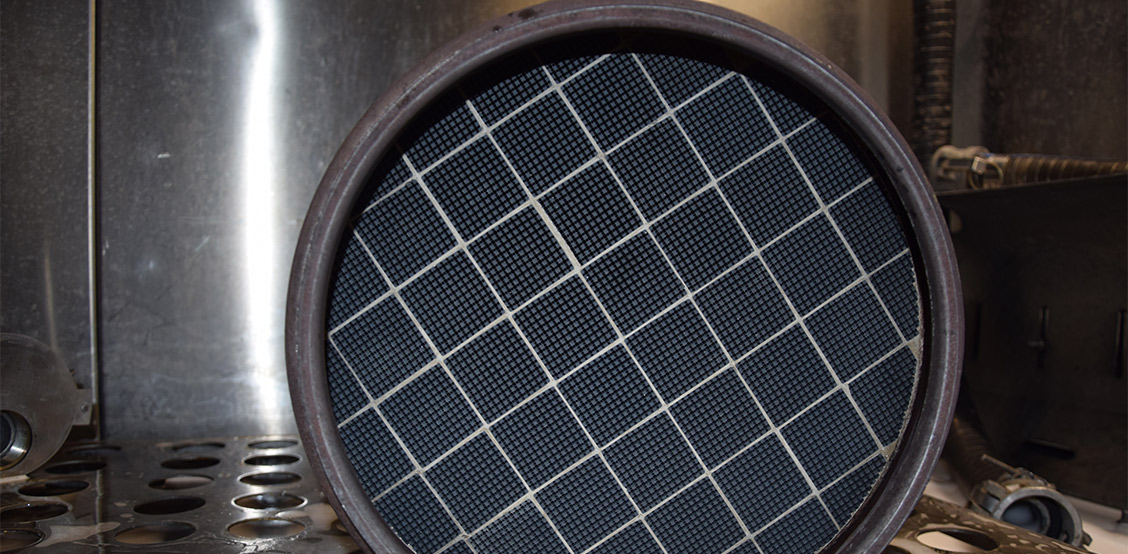Reduce exhaust emissions with a cleaned catalytic converter.
The catalytic converter is an important part of the exhaust system because it ensures that the exhaust gases from internal combustion engines are converted into harmless components. Catalytic converters greatly reduce exhaust emissions and ensure compliance with the increasingly stringent Euro emissions standards.
Among other things, catalytic converters are installed in gasoline and diesel vehicles, often in combination with a particulate filter! Catalytic converters are used, for example, in the automotive sector, as well as in industry, agriculture and construction.
If the catalytic converter is saturated or sooty due to unclean combustion and exhaust gas backpressure, the error message “Efficiency below minimum” or “Efficiency value below threshold” is displayed!
By means of our professional thermal cleaning, catalytic converters are reliably freed from soot and lubricant film.










